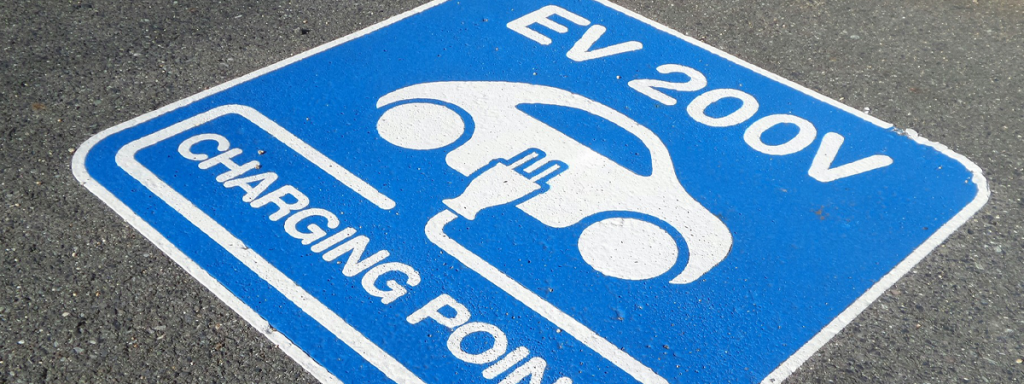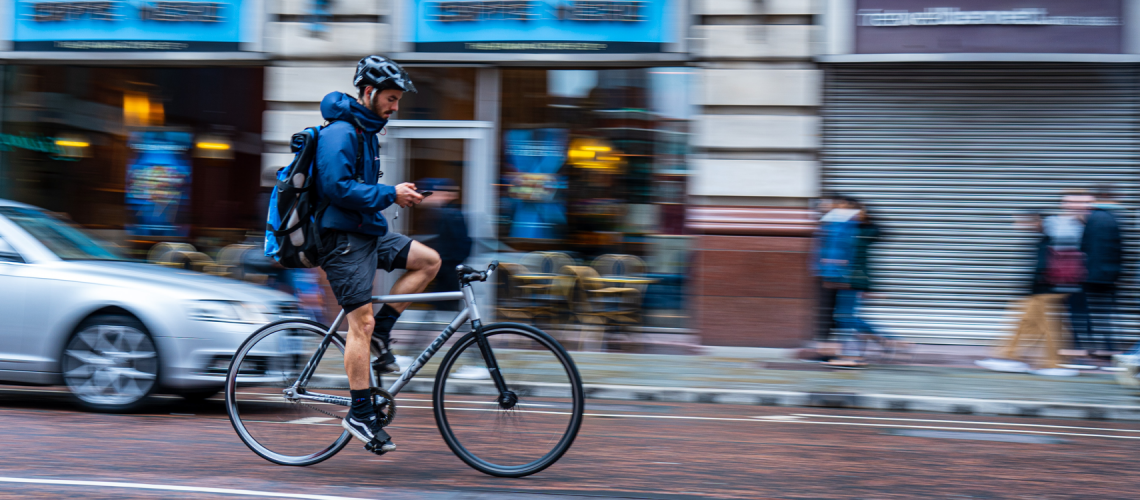Last updated 29 January 2022
How long has it been since you read ‘The Highway Code’? Is it this week? Last year? When you took your driving test? Worse still, never! Continue reading if you responded “Yes” to any of the previous three questions.
Following parliamentary approval, new Highway Code standards will take effect in 2022, providing more protection to cyclists, walkers, and horseback riders. The new guidance is a welcome result of years of work by action groups all around the United Kingdom and the Department of Transport.
The new rules, which came into force on January 29, 2022 comprise of eight new rules and 50 changes to existing ones. One of the key improvements established a new road use hierarchy.
What are the new rule changes?
Rule H1
A new focus has been placed on a road hierarchy, which is intended to provide greater protection and clarity over who has the right of way at intersections for vulnerable road users. Those that can pose the greatest danger to vulnerable road users have more responsibility.
Large goods and passenger vehicles, vans and minibuses, cars and taxis, and motorcycles will have a greater responsibility to look out for vulnerable road users, such as:
- Pedestrians, in particular children, older adults, and disabled people
- Cyclists
- Horse riders
- Motorcyclists
Likewise, cyclists and horseback riders also have a responsibility to keep pedestrians safe.
Rule H2
This rule gives priority to pedestrians wishing to cross at junctions. For example, drivers, motorcyclists, horse riders, or cyclists should give way to pedestrians crossing or waiting to cross a road into which or from which they are turning.
Rule H3
The final H3 rule states that drivers “should not cut across cyclists, horse riders, or horse-drawn vehicles going ahead when turning into or out of a junction or changing direction or lane, just as you would not turn across the path of another motor vehicle.”
What other rules have changed?
As stated earlier, there are over 50 updates. A full list of the changes can be found via the links at the bottom of the page.
Here are just a few of the changes being brought in:
Mobile Phones

Rules have also been tightened with regard to the use of mobile phones while driving. Previously, it was illegal to text or call someone using a hand-held device whilst driving, except in the event of an emergency. Now, it also bans drivers from taking photos and videos, searching through playlists, or playing games. Drivers face a £200 fixed penalty notice and six points on their licence if caught.
Loopholes in the law are being closed as drivers only commit an offence if they use it for ‘interactive communications’ such as phone calls or texting.
Drivers are still able to use hand-free devices such as sat-navs but must continue to drive responsibly.
Cyclists

Under the new rule changes, cyclists now have a greater responsibility when using the road. Cyclists must now slow down when overtaking pedestrians or horse riders. They must also alert other road users when approaching with the use of a bell.
The other major change for cyclists is in regard to their position on the road. The new Rule 72 states, “Ride in the centre of your lane, to make yourself as clearly visible as possible.”
“When riding on busy roads, with vehicles moving faster than you, allow them to overtake where it is safe to do so, whilst keeping at least 0.5 metres away, and further where it is safer, from the kerb edge. Remember that traffic on most dual carriageways moves quickly. Take extra care when crossing slip roads.”
Other significant changes include clearer directions for cars to allow at least 1.5 metres between themselves and bikes when overtaking them, as well as instructions for automobiles turning into a road to give way to pedestrians waiting to cross.
The code also clears up some confusion regarding cyclists riding side-by-side. It will now say: “You can ride two abreast and it can be safer to do so, particularly in larger groups or when accompanying children or less experienced riders.”
Electric Vehicles

With the continued rise of electric vehicles (EVs), more rules and updates will be put into place regarding EVs. An update to Rule 239 gives guidance for EV drivers to take more care when using charging points. It continues to advise
“you should park close to the charge point and avoid creating a trip hazard for pedestrians from trailing cables. Display a warning sign if you can. After using the charge point, you should return charging cables and connectors neatly to minimise the danger to pedestrians and avoid creating an obstacle for other road users.”
According to recent figures, 10% of all new cars sold in the UK are electric, which will only increase in time. With EV charging cables trailing across the pavement, they can cause trip hazards for the general public (or make it impassable for elderly or disabled people).
Conclusion
The rule changes continue to promote safety among road users further, which will prioritise vulnerable road users, such as cyclists and pedestrians.
With mobile phones and Electric Vehicles becoming more prominent in our day to day lives, The Highway Code required revision.
The main issue is with regards to making drivers aware of the new changes. While it has been picked up by some news outlets and blog posters, making the average road user aware of these new rule changes is pivotal. According to a poll conducted by The AA, at least two-thirds of drivers were unaware of the changes.
A full list of the proposed rules and updates can be found via the Gov.uk websites, or a table of changes can be found by clicking here.
Want to test your knowledge of The Highway Code? They offer a free test online click here
Get a Quote

